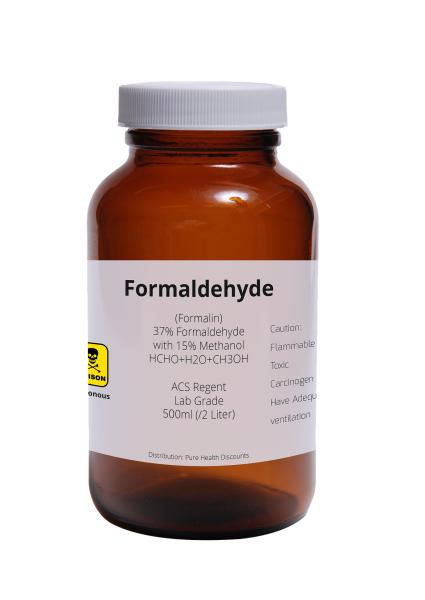It is difficult to understand how the EPA can continue to propose safe levels for chemicals such as formaldehyde that approach, or in some cases are lower than, levels that occur naturally or are produced in human metabolic pathways. This is especially puzzling when external formaldehyde exposures do not upset the homeostasis of these internal concentrations. That EPA has proposed such safe levels, however, suggests to us that EPA, while approaching this task in a semi-systematic fashion, has nevertheless failed to bring to bear the knowledge residing in much of its staff. I am thinking specifically of Rory Conley, one of several of EPA’s scientists who have won the Lehman award from the Society of Toxicology, an award sometimes referred to as the Nobel prize for risk assessment. Rory Connolly has published extensively on formaldehyde and is heavily cited in EPA’s text. Yet, EPA staff had not approached him for his opinion on the developing formaldehyde assessment since the early 2000s. The lack of using EPA’s expertise, recognized globally for their knowledge and experience with formaldehyde, defies explanation.
What can EPA do to improve its draft?
First, two quick definitions.
- Reference Concentration (RfC) – “an estimate …of a continuous inhalation exposure to the human population (including sensitive subgroups) that is likely to be without an appreciable risk of deleterious effects during a lifetime.”
- No Observed Adverse Effect Level (NOAEL) – “defined as the highest dose where the effects observed in the treated group do not imply an adverse effect to the subject.”
The EPA should focus on formaldehyde’s critical effect, tissue irritation; estimating an RfC for a pathological endpoint that only occurs well above a NOAEL for tissue irritation is non-sensical. The EPA also has some exquisite human data, including data in sensitive subgroups for formaldehyde. EPA needs to recognize that a NOAEL for such data is, in effect, the RfC. No additional uncertainty factors are required.
The EPA should consider following its own 2005 cancer guidelines developing a low dose extrapolation based on a dual mode of action. The proposed hockey-stick approach of Rory Conolly, that EPA cites in its formaldehyde text, would likely approximate the end result. Still, other approaches might be considered, as I have proposed for acrylamide [1] or others have proposed for formaldehyde. For example, the European Union adopted the work of Thompson [2].
The EPA’s choice of dosimeter for cumulative exposure for its cancer modeling is wrong. EPA’s own text indicates that the choice of dosimeter for the formation of formaldehyde-related tumors is related more to the peak concentration rather than the cumulative exposure. Thus, EPA needs to develop a low dose response extrapolation based on peak exposure, despite the difficulty. Lifetime projections of cancer risk, based on the wrong dosimeter, are not credible.
Alternatively, the recent Alliance for Risk Assessment (ARA) Beyond Science and Decisions workshop XIII, found in a case study that formaldehyde cannot penetrate the cell nucleus at low concentrations. This finding supports the threshold approach suggested by Thompson and adopted by the European Union t al. (2020).
The toxicology community appreciates EPA sharing this formaldehyde draft for comments, but it needs to up its game before we can all applaud this assessment.
[1] Evidence-Based Dose Response Assessment for Thyroid Tumorigenesis from Acrylamide. Regulatory Toxicology and Pharmacology DOI: 10.1016/j.yrtph.2008.08.004.
[2] An updated mode of action and human relevance framework evaluation for formaldehyde-related nasal tumors. Critical Reviews in Toxicology. DOI: 10.1080/10408444.2020.1854679.




